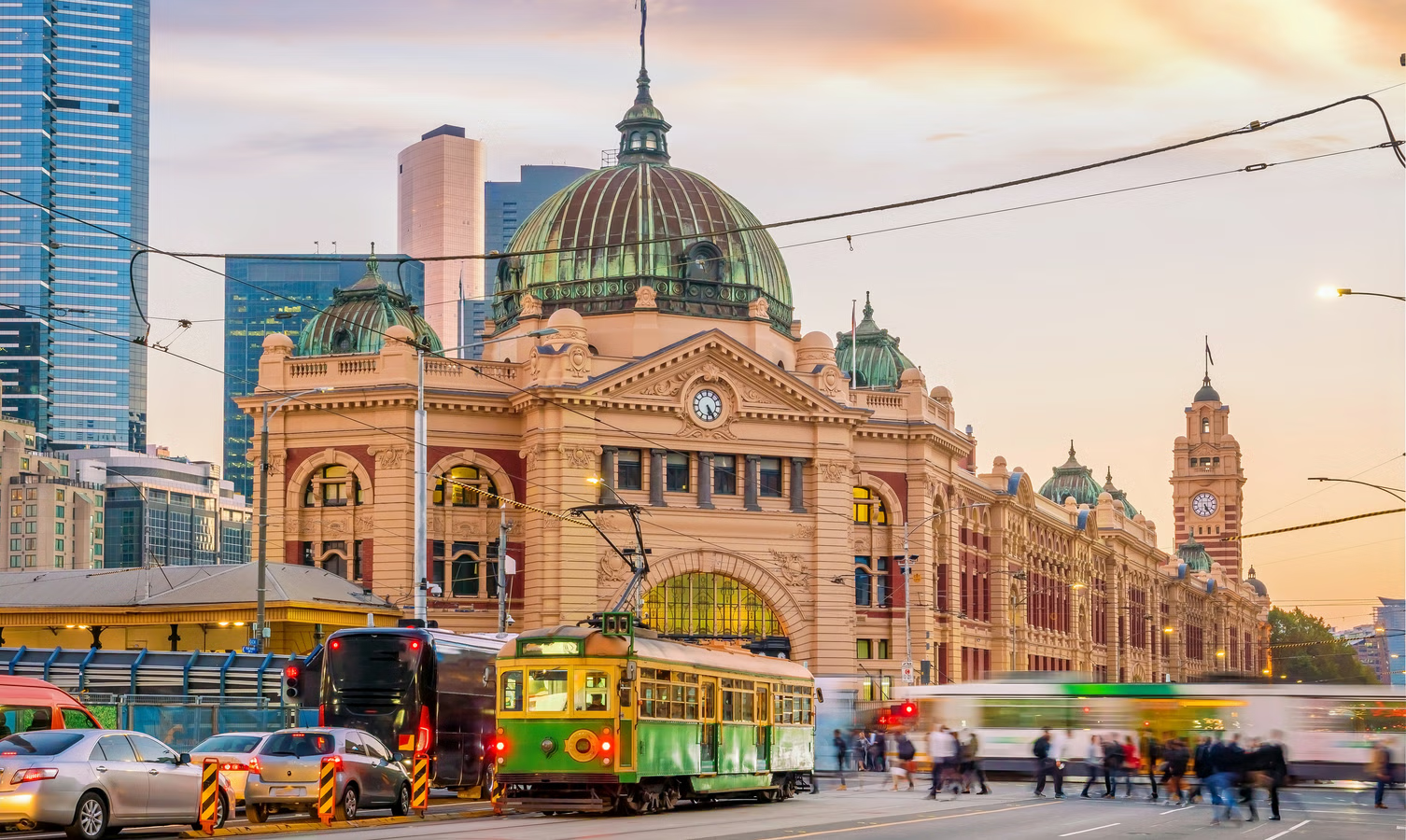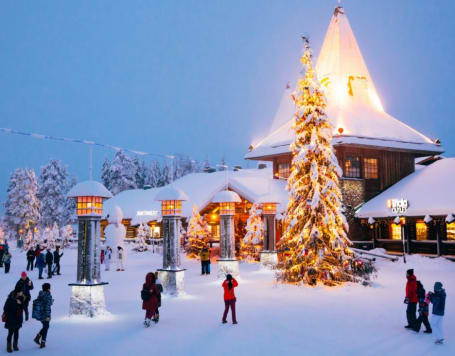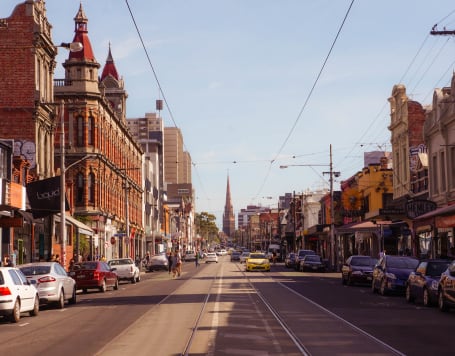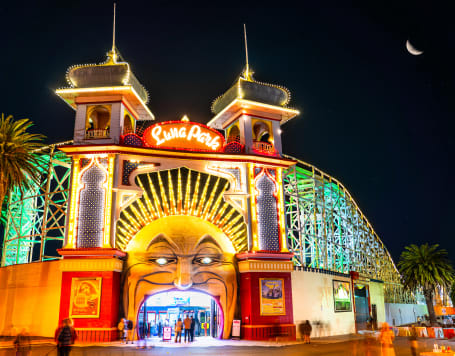Reichstag Building -
The Reichstag building is a historic landmark located in Berlin, Germany. It was originally built in 1894 to house the German parliament or Reichstag but was extensively renovated and modernized in the 1990s following the reunification of Germany.
The building features a large glass dome, which offers stunning views of the surrounding city. Visitors can take an elevator to the top of the dome and walk down a spiral ramp while taking in the panoramic views.
The Reichstag building has played a significant role in German history. It was the site of the infamous Reichstag fire in 1933, which was used by the Nazi Party as a pretext for cracking down on political opposition and suspending civil liberties.
Alexanderplatz -
Alexanderplatz, also known as "Alex" to locals, is a large public square and transportation hub in the center of Berlin, Germany. It was named after Tsar Alexander I of Russia in the early 19th century.
The square has a rich history and has undergone many transformations over the years. During the Cold War, it was located in East Berlin and was a symbol of the communist regime, with many Soviet-style buildings and monuments. After reunification, it underwent significant redevelopment and is now a vibrant commercial and cultural hub.
Alexanderplatz is home to many famous landmarks and attractions, including the Fernsehturm (TV Tower), which offers panoramic views of the city, and the World Clock, a popular meeting point for locals and tourists alike. The square is also surrounded by many shops, restaurants, and cultural institutions, including the historic Berolinahaus department store and the Berliner Ensemble theater.
Jewish Museum Berlin -
The Jewish Museum Berlin is a museum that is dedicated to the history and culture of the Jewish community in Germany. It is located in the Kreuzberg district of Berlin and was opened to the public in 2001.
The museum features a collection of more than 3,500 objects, as well as a variety of multimedia exhibits and interactive installations. It covers more than 1700 years of Jewish history in Germany, from the Middle Ages to the present day.
The museum's architecture is also notable, as it was designed by architect Daniel Libeskind. The building's unique design is intended to evoke a sense of disorientation and unease, reflecting the often tumultuous history of the Jewish community in Germany.
The museum offers a variety of tours and educational programs, including guided tours, workshops, and lectures. Visitors can explore the permanent collection, as well as temporary exhibitions that cover a range of topics related to Jewish history and culture.




































